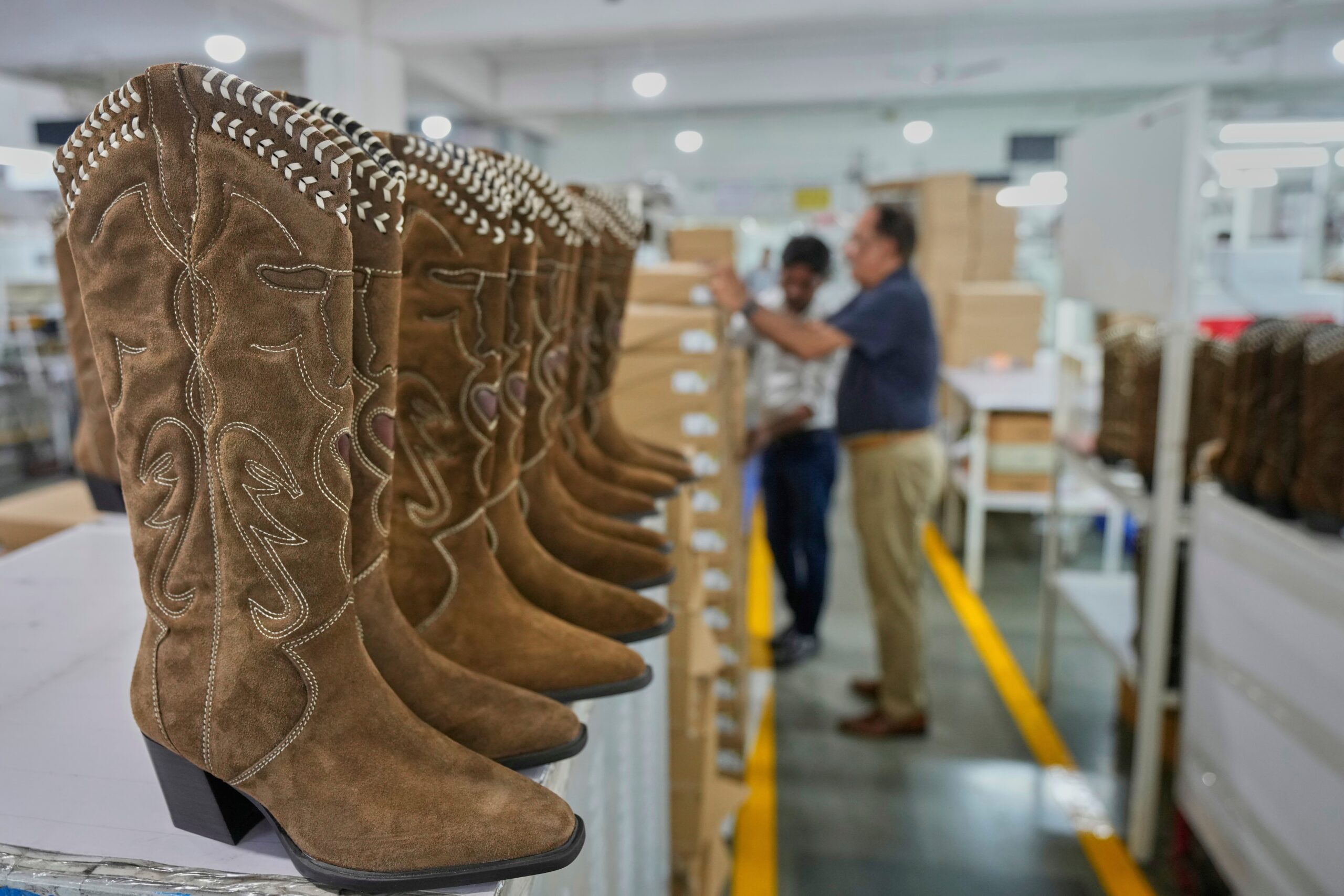Donald Trump’s punitive 50 per cent tariff on almost all goods from India took effect as scheduled on Wednesday, escalating tensions between the world’s two largest democracies and strategic partners.
The US president slapped India with one of the steepest tariff rates after declaring a 25 per cent penalty for the South Asian country’s purchase of Russian oil to go with a previously imposed 25 per cent import levy.
The high rate leaves India, one of the world’s fastest-growing economies, facing a slump in trade with its largest export market.
The levy applies to a wide range of goods such as garments, gems and jewellery, footwear, furniture, and chemicals. It threatens thousands of small exporters, including in prime minister Narendra Modi’s home state of Gujarat.
The punitive levy also puts India at a disadvantage in export competitiveness against rivals such as China and Vietnam and threatens the ambitions of Mr Modi, who often refers to Mr Trump as a “good friend”, to transform the country into a major manufacturing hub.
The eye-watering tariff could rupture Mr Trump’s economic and strategic ties with a key ally just when Washington is seeking to counter China’s dominance in the Asia-Pacific region.
An Indian commerce ministry official told Reuters this week that exporters hit by tariffs would receive financial assistance and be encouraged to diversify to markets like China, Latin America and the Middle East.
India previously criticised Mr Trump’s additional tariff, calling it “unfair and unfortunate”. The foreign ministry said earlier this month that New Delhi would “take all necessary steps to protect its national interests” and added that its Russian oil purchases were driven by market factors and the energy needs of the country’s 1.4 billion people.
India and Russia have pledged to increase their annual trade by 50 per cent to $100bn (£74.3bn) over the next five years. After the Russian invasion of Ukraine in 2022, India became the biggest buyer of Russian crude due to the diversion of traditional supplies to Europe, which officials in New Delhi said was a “necessity compelled by global market situation”.
New Delhi also accused Mr Trump of selectively targeting India for purchasing Russian oil while the EU continued to import liquefied natural gas from Russia. The US says India’s oil buys fund Moscow’s war in Ukraine.
Mr Trump intensified his criticism of Delhi and Moscow last week, labelling them “dead economies” in a social media post.

Trade talks to stave off a high tariff broke down after five rounds of negotiations, mainly due to India’s refusal to open its vast farm and dairy sectors to US imports and its reluctance to stop buying Russian crude.
A US delegation cancelled a planned visit to New Delhi this week for the sixth round of the trade talks.
Indian trade ministry officials said the average tariff on US imports was around 7.5 per cent while the US Trade Representative’s office highlighted a rate of up to 100 per cent on automobiles and an average levy of 39 per cent on American farm goods.
A US Customs and Border Protection notice to shippers provides a three-week exemption for Indian goods loaded onto a vessel and in transit to the US before the deadline. These goods can still enter the US at prior lower tariff rates before 12:01am EDT on 17 September.
Also exempted are steel, aluminium and derivative products, passenger vehicles, copper and other goods subject to separate tariffs of up to 50 per cent.
“The new tariff regime is a strategic shock that threatens to wipe out India’s long-established presence in the US, causing unemployment in export-driven hubs and weakening its role in the industrial value chain,” former Indian trade official Ajay Srivastava said.
He added that competitors stood to benefit, “potentially locking India out of key markets even after tariffs are rolled back”.
Mr Modihas vowed not to yield to the pressure. “For me, the interests of farmers, small businesses and dairy are topmost. My government will ensure they aren’t impacted,” he said at a rally in Gujarat this week. He added that the world was witnessing a “politics of economic selfishness”.
Its deteriorating ties with the US has nudged New Delhi to mend relations with rival neighbour China and strengthen bonds with fellow members of the Brics bloc. Strategies experts have warned that the latest wave of US tariffs could prompt New Delhi and Beijing to seek closer mutual ties, which cratered after a series of violent border clashes in 2020.
The new tariff came into effect just days before Mr Modi’s first visit to China in more than seven years, an engagement indicating a potential realignment in alliances.
